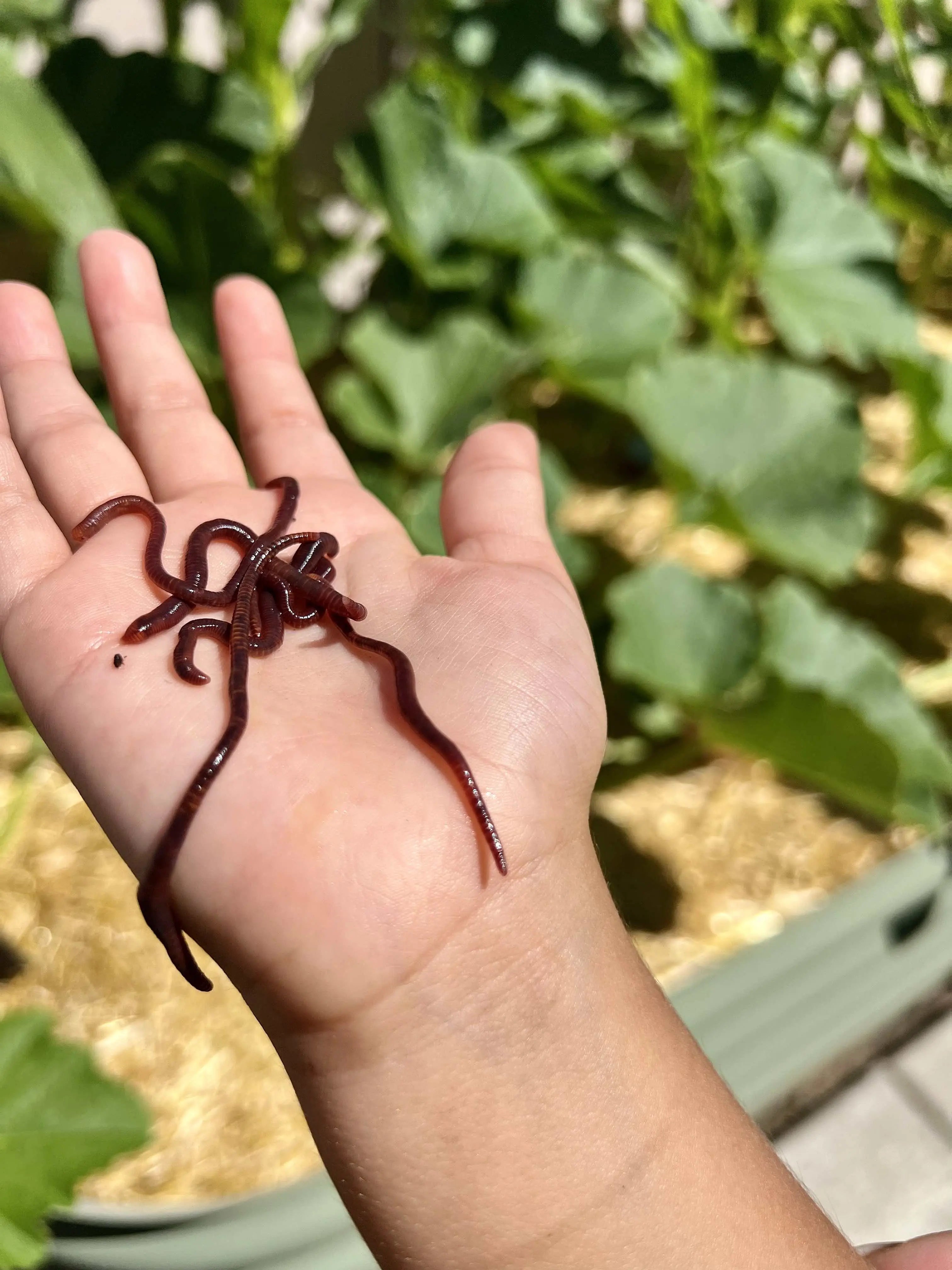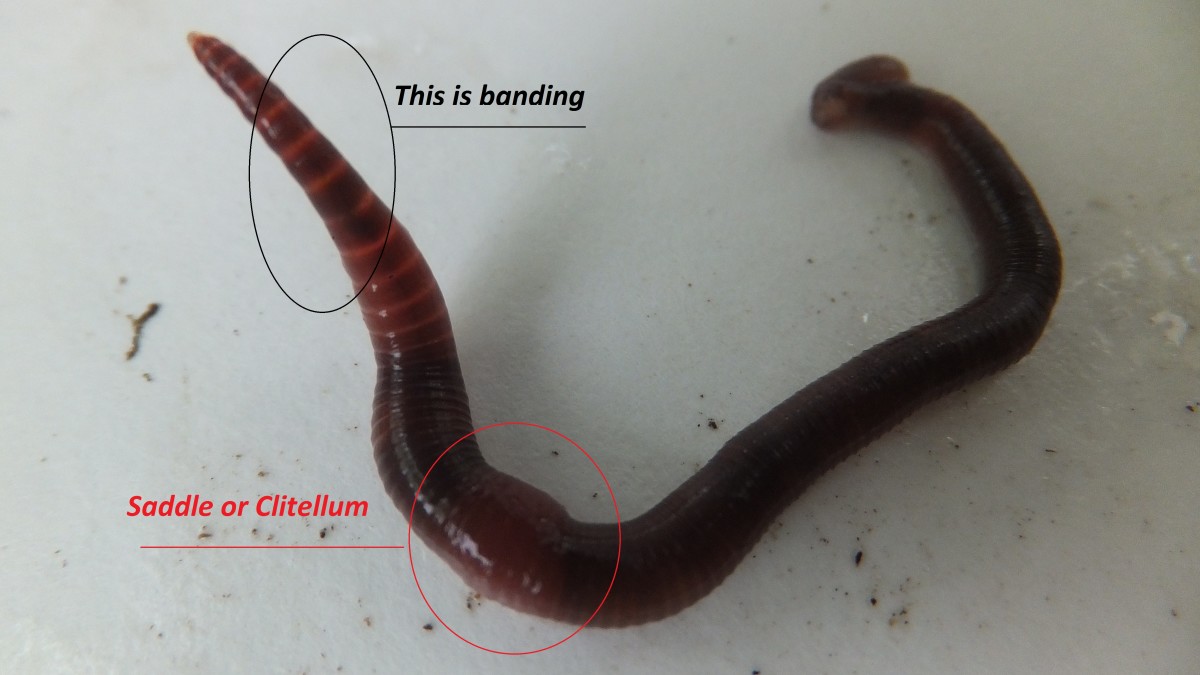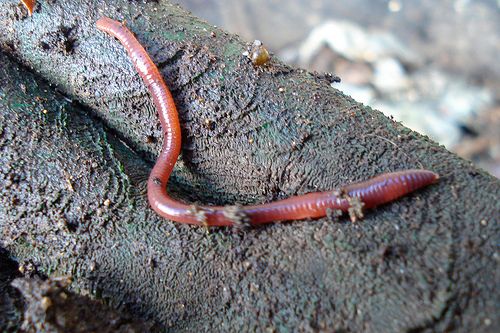Red Wiggler Worms - Natural Remedy for Green Composting
Red Wiggler Worms - Natural Remedy for Green Composting
Blog Article
Red Wiggler Worms Demystified: Unlocking the Keys of Vermiculture for Greener Living and Nutrient-Rich Dirt
In the realm of sustainable practices for improving dirt top quality and advertising eco-conscious living, red wiggler worms play a crucial yet usually neglected role. These modest animals possess the amazing ability to transform organic waste into nutrient-rich castings that function as a potent all-natural fertilizer. By delving into the world of vermiculture, one can discover a plethora of benefits that extend far beyond standard composting techniques. Understanding the intricacies of caring for these worms, optimizing their environment, and harnessing their spreadings can bring about a greener way of living and much healthier soil for plants to prosper.
The Role of Red Wiggler Worms
Red Wiggler worms play an essential role in composting systems by effectively breaking down raw material right into nutrient-rich castings. These starved eaters eat a variety of organic products, such as cooking area scraps, yard waste, and paper products. As they feed, the worms' digestion procedures break down the raw material right into a fine, dark, and nutrient-dense material called worm spreadings or vermicompost.
The spreadings created by Red Wiggler worms are very useful for dirt health and plant development. They are rich in necessary nutrients like nitrogen, phosphorus, and potassium, which are vital for sustaining healthy plant advancement. In addition, worm spreadings contain valuable microorganisms and enzymes that aid enhance dirt structure, rise water retention, and improve nutrient uptake by plants.
Advantages of Vermicomposting

It improves dirt structure, enhances dirt aeration, and boosts soil dampness retention. Vermicompost likewise improves the dirt with necessary nutrients like potassium, nitrogen, and phosphorus, promoting plant growth and total dirt fertility.
Additionally, vermicomposting assistances lasting gardening practices by offering a all-natural and chemical-free alternative to artificial fertilizers. Red Wiggler Worms. This eco-friendly technique not only improves the dirt but likewise assists minimize dependence on hazardous chemicals, promoting a greener and a lot more lasting means of horticulture
Establishing a Worm Container
When establishing a worm container for vermicomposting, appropriate arrangement is essential to make sure the success of the composting procedure. The initial step in establishing a worm container is selecting an appropriate container. This can be a plastic bin or wood box that gives enough space for the worms to relocate about and has correct drainage openings to avoid waterlogging. Next off, a bed linens product such as shredded newspaper, cardboard, or coconut coir must be included in the bin. This bedding provides a comfy setting for the worms and aids preserve moisture levels.
After including the bed linen, present the red wiggler worms to the container. The worms should after that be offered with food scraps such as fruit and vegetable peels, coffee grounds, and eggshells.
Routinely check the wetness levels and temperature level in the worm container to make sure ideal conditions for the worms. With correct setup and maintenance, the worm container will successfully convert natural waste into nutrient-rich garden pop over to this site compost for your plants and garden.
Collecting Worm Castings
To successfully collect nutrient-rich worm spreadings from your vermicomposting system, an organized harvesting technique is essential. There are a few crucial steps to comply with to ensure an effective process when it comes time to collect the worm castings. To start with, stop adding fresh food scraps away of the worm container for a couple of weeks before collecting. This urges the worms to move sideways with fresh bed linen and food, making it simpler to scoop out the castings from the various other side.

Troubleshooting Common Issues
Identifying and addressing usual challenges that may emerge throughout the vermicomposting procedure is important for keeping a effective and healthy and balanced worm bin. One common issue that vermicomposters experience navigate to this website is overfeeding. Adding excess food scraps can lead to a buildup of wetness and acidity in the worm bin, potentially damaging the worms. To avoid this, feed the worms in moderation, making certain that the food scraps are appropriately damaged down prior to including extra. Another concern is unpleasant smells rising from the worm bin. Foul smells indicate anaerobic problems, commonly created by overwatering or insufficient ventilation. To correct this, change the moisture degrees by adding completely dry bed linen materials like shredded paper or cardboard and increase oygenation by turning the bedding routinely.
In addition, if the worm populace is declining or the worms appear harmful, it can be as a result of ecological stress factors such as extreme temperatures or pH levels. Keeping an eye on these aspects and making needed changes is crucial for the health of the worms. By fixing these common problems promptly, vermicomposters can make sure a smooth and successful vermicomposting procedure while keeping a growing worm populace.

Conclusion
To conclude, red wiggler worms play an essential role in vermiculture by breaking down raw material right into nutrient-rich dirt. The benefits of vermiculture include greener living and boosted soil high quality. Establishing a worm container is crucial for successful vermiculture, and collecting worm my explanation castings offers valuable garden compost for gardening. By comprehending and repairing common concerns, individuals can open the tricks of vermiculture for sustainable living and healthier soil.
As they feed, the worms' digestive system procedures break down the organic matter into a penalty, dark, and nutrient-dense product understood as worm castings or vermicompost.
The castings produced by Red Wiggler worms are extremely helpful for soil health and plant development. Including excess food scraps can lead to a build-up of moisture and level of acidity in the worm container, possibly damaging the worms.Furthermore, if the worm population is declining or the worms show up harmful, it might be due to ecological stress factors such as extreme temperatures or pH degrees. Setting up a worm bin is essential for successful vermiculture, and gathering worm spreadings gives valuable compost for gardening.
Report this page